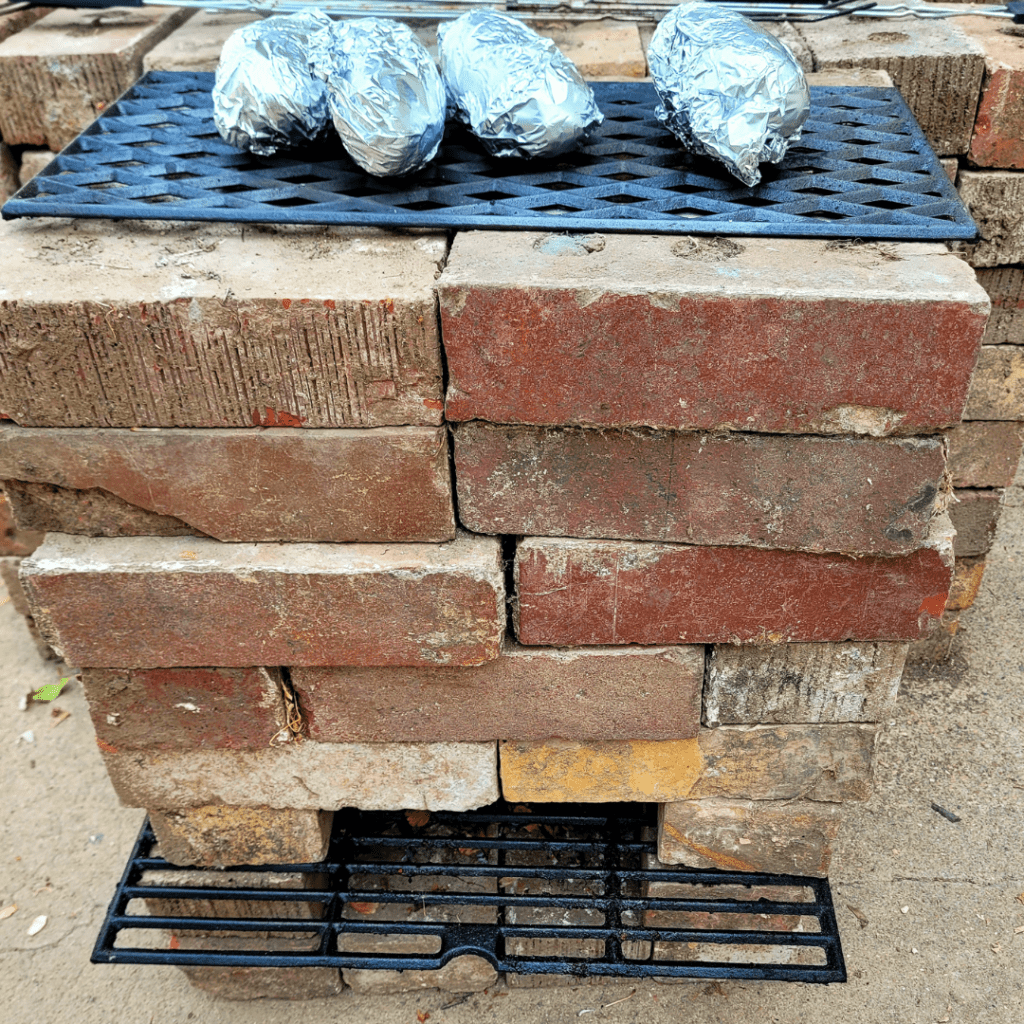Carbon monoxide is a silent, deadly threat—are you prepared? Learn how to detect, prevent, and respond to carbon monoxide poisoning to keep your family safe and protected at home.
Have you ever wondered about the invisible threat that could be lurking in your home right now? It’s odorless, colorless, and potentially deadly. We’re talking about carbon monoxide, often called the “silent killer.” While it might sound like something out of a horror movie, this very real danger claims hundreds of lives each year and sends thousands more to the emergency room.
But don’t panic just yet! Knowledge is power, and that’s exactly what I’m here to give you. In this blog post, I’ll be discussing carbon monoxide poisoning and equip you with the tools you need to keep yourself and your loved ones safe. From understanding what carbon monoxide is and why it’s so dangerous, to learning how to install and maintain detectors, I’ve got you covered!
Did you know that something as simple as a poorly maintained furnace or a car left running in an attached garage could put your family at risk? It’s true, but with the right information and precautions, you can dramatically reduce that risk. So, whether you’re a homeowner, renter, or just someone who values safety, stick around. I am about to let you know about the potentially life-saving tips through the ins and outs of carbon monoxide safety.
This is a pinnable post. Tap or hover over any image in this post to pin to your Pinterest Boards.
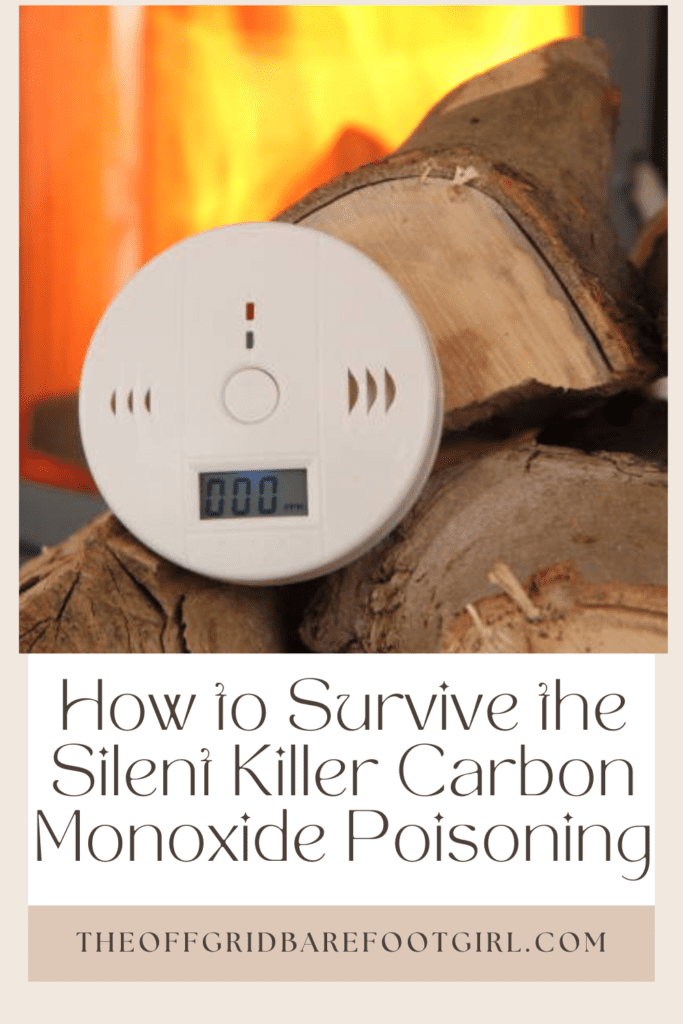
Understanding Carbon Monoxide and Its Dangers
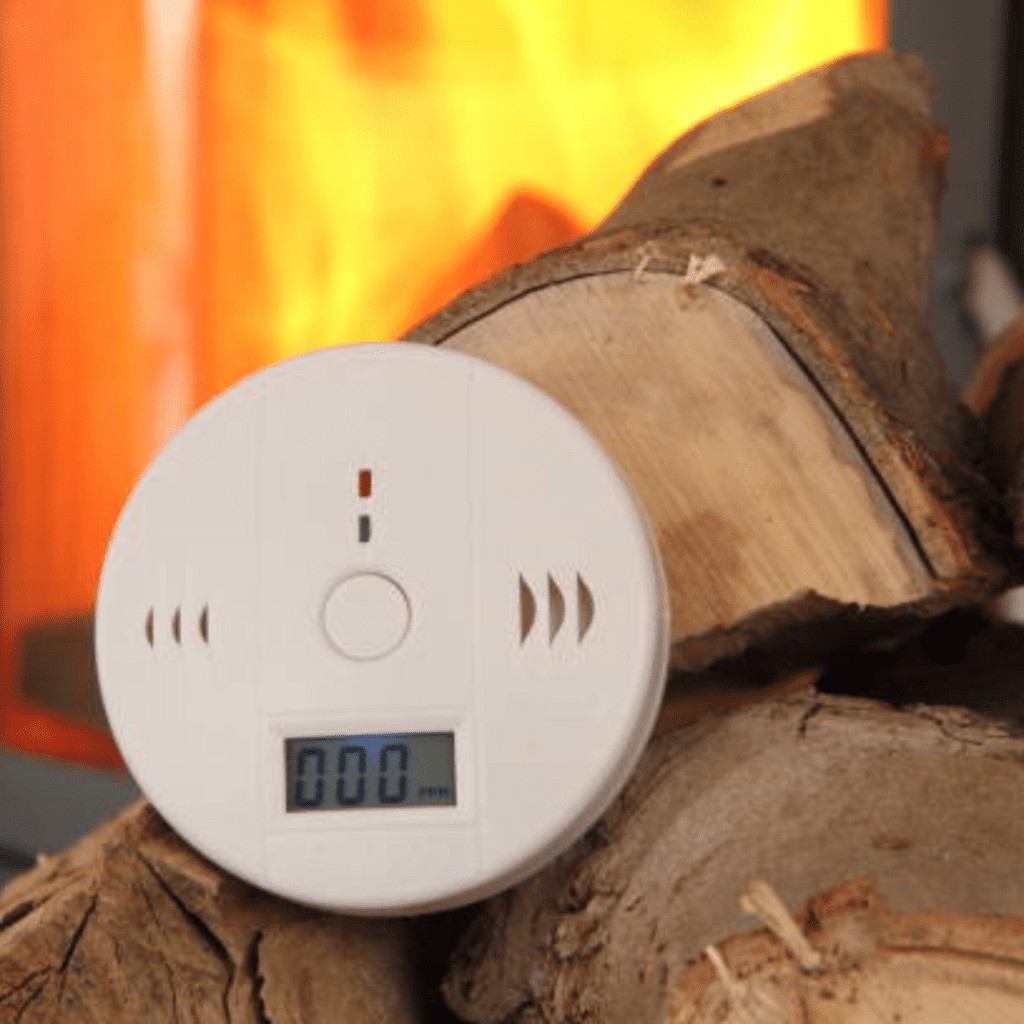
Carbon monoxide (CO) is often referred to as the “silent killer” for good reason. This odorless, colorless gas can pose a serious threat to your health and safety without you even realizing it. Let’s discuss further what carbon monoxide is, where it comes from, and why it’s so dangerous.
What Is Carbon Monoxide?
Carbon monoxide is a toxic gas produced by the incomplete burning of carbon-based fuels. It’s called “incomplete” combustion because there isn’t enough oxygen present during the burning process to create carbon dioxide (CO2), which is less harmful. Instead, carbon monoxide is formed, and it’s this molecule that can be lethal when inhaled in high concentrations.
Think of carbon monoxide as a sneaky imposter in your bloodstream. When you breathe it in, CO molecules attach to your red blood cells much more readily than oxygen does. This means that even if there’s plenty of oxygen in the air, your body can’t use it effectively because the carbon monoxide is hogging all the space on your red blood cells.
Sources of Carbon Monoxide In Homes
You might be surprised to learn how many potential sources of carbon monoxide exist in the average home. Some common culprits include:
- Fuel-Burning Appliances: Gas stoves, furnaces, water heaters, and fireplaces can all produce CO if they’re not properly ventilated or maintained.
- Vehicles: Running a car in an attached garage, even with the door open, can allow CO to seep into your home.
- Portable Generators: These can be extremely dangerous if used indoors or too close to windows and doors.
- Charcoal Grills: Never use these indoors or in enclosed spaces like tents.
- Power Tools: Gas-powered tools can produce CO, so always use them in well-ventilated areas.
It’s crucial to understand that any device that burns fuel has the potential to produce carbon monoxide. Regular maintenance and proper use of these appliances are key to reducing the risk of CO buildup in your home.
Health Effects of Carbon Monoxide Poisoning
The health impacts of carbon monoxide exposure can range from mild to severe, depending on the concentration of CO and the duration of exposure. Some common symptoms include:
- Headache.
- Dizziness.
- Nausea.
- Shortness of breath.
- Confusion.
- Blurred vision.
In more severe cases, carbon monoxide poisoning can lead to:
- Loss of consciousness.
- Brain damage.
- Heart problems.
- Death.
What makes CO particularly dangerous is that its symptoms can be easily mistaken for other illnesses, like the flu. This is why it’s often not recognized until it’s too late.
Carbon monoxide doesn’t discriminate – it can affect anyone, but certain groups are more vulnerable. Pregnant people, young children, older people, and people with chronic heart disease or anemia are at higher risk of severe effects from CO exposure.
Understanding the dangers of carbon monoxide is the first step in protecting yourself and your loved ones. By recognizing potential sources in your home and being aware of the symptoms of CO poisoning, you can take proactive steps to ensure your living environment is safe. Remember, when it comes to carbon monoxide, prevention and early detection are key to survival.
Prevention: Installing and Maintaining Carbon Monoxide Detectors

Carbon monoxide (CO) is often called the “silent killer” due to its odorless, colorless, and tasteless nature. To protect yourself and your loved ones from this deadly gas, installing and maintaining carbon monoxide detectors is crucial. Let’s explore how you can safeguard your home effectively.
Choosing the Right Carbon Monoxide Detector
When it comes to selecting a CO detector, you have several options:
- Battery-operated detectors: These are easy to install and work during power outages.
- Plug-in detectors: They’re convenient but may not work if the power goes out.
- Hardwired detectors: These are connected to your home’s electrical system and often have battery backups.
Look for detectors certified by recognized testing laboratories like Underwriters Laboratories (UL). Consider features such as digital displays, which show CO levels in real-time, and voice alarms, which can be more effective at waking sleeping individuals.
It’s also worth exploring “smart” CO detectors that can send alerts to your phone, allowing you to monitor your home even when you’re away.
Proper Placement of Detectors
The placement of your CO detectors is critical for early detection. Here are some guidelines:
- Install at least one detector on every level of your home, including the basement.
- Place detectors near sleeping areas, ideally within 10 feet of each bedroom door.
- Keep detectors away from humid areas like bathrooms or direct sunlight.
- Don’t install detectors directly above or beside fuel-burning appliances.
- For wall-mounted detectors, position them at least 5 feet above the floor.
Remember, CO is slightly lighter than air and distributes evenly in a room. By following these placement guidelines, you ensure comprehensive coverage throughout your home.
Regular Maintenance and Testing
To keep your CO detectors in top working condition:
- Test monthly: Use the test button on your detector to ensure it’s functioning correctly.
- Replace batteries: For battery-operated or battery backup units, replace batteries at least once a year or when the low-battery warning chirps.
- Clean regularly: Dust and debris can interfere with the sensor. Gently vacuum or wipe your detectors every six months.
- Check expiration dates: CO detectors typically last 5-7 years. Replace them according to the manufacturer’s recommendations.
Pro Tip: Mark your calendar or set a reminder on your phone for regular testing and maintenance tasks.
It’s also wise to familiarize yourself with your detector’s different alarm patterns. Many devices use distinct beeps or flashes to indicate different situations, such as a CO emergency versus a low battery warning.
By choosing the right detectors, placing them strategically, and maintaining them properly, you create a robust defense against carbon monoxide poisoning. Remember, these devices are your first line of defense, but they shouldn’t be your only precaution. Regular inspections of fuel-burning appliances, proper ventilation, and awareness of CO poisoning symptoms are all part of a comprehensive safety strategy.
Stay vigilant, stay safe, and let your carbon monoxide detectors do their job in keeping your home and family protected from this invisible threat.
Recognizing the Symptoms of Carbon Monoxide Poisoning
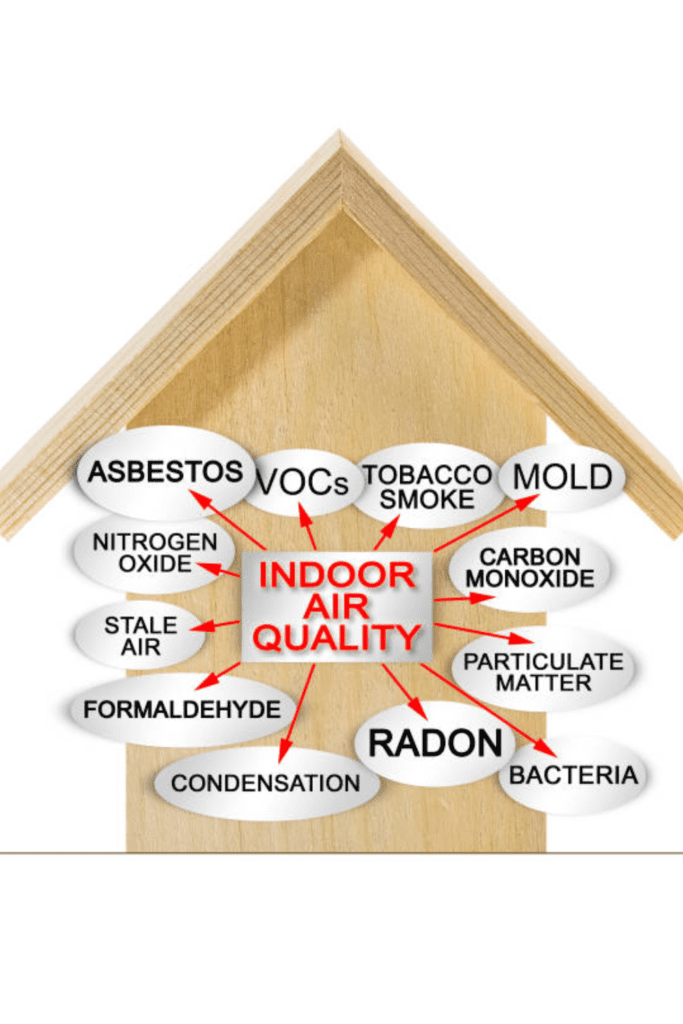
Carbon monoxide (CO) poisoning is often called the “silent killer” because it’s odorless, colorless, and tasteless. Recognizing the symptoms early can be life-saving, so it’s crucial to understand how this deadly gas affects your body.
Early Warning Signs
The initial symptoms of CO poisoning can be subtle and easily mistaken for other common ailments. Be on the lookout for:
- Mild headaches.
- Slight dizziness.
- Nausea.
- Shortness of breath.
- Fatigue.
These symptoms might feel like the onset of a cold or flu, making them easy to dismiss. However, if you notice these signs improving when you leave a particular area and worsening when you return, it could be a red flag for CO exposure.
Severe Symptoms
As CO levels in your bloodstream increase, symptoms become more severe and alarming. Watch for:
- Severe headaches.
- Confusion and disorientation.
- Rapid heartbeat.
- Chest pain.
- Vision problems.
- Loss of muscle coordination.
At this stage, your body is struggling to function properly due to a lack of oxygen. It’s critical to get fresh air immediately and seek medical attention. Remember, CO poisoning can quickly progress from mild symptoms to life-threatening situations.
Long-Term Effects
Even if you survive acute CO poisoning, the effects can linger long after exposure. Some individuals experience:
- Memory problems.
- Changes in personality.
- Depression or anxiety.
- Difficulty concentrating.
- Chronic fatigue.
These long-term effects, sometimes called “delayed neurological sequelae,” can appear days or even weeks after the initial exposure. They may persist for months or, in some cases, become permanent.
It’s worth noting that children, older individuals, and those with pre-existing health conditions are particularly vulnerable to CO poisoning and its long-term effects. Pregnant people exposed to CO also risk serious harm to their unborn child.
Understanding these symptoms is crucial, but prevention is even more important. Install CO detectors on every level of your home, especially near sleeping areas. Have your heating systems, water heaters, and other gas, oil, or coal-burning appliances serviced annually by a qualified technician.
If you suspect CO poisoning, don’t hesitate to act. Open windows and doors, turn off any potential sources of CO, and get everyone out of the home immediately. Call emergency services and don’t re-enter the area until it’s been declared safe.
By staying vigilant and knowing what to look for, you can protect yourself and your loved ones from this invisible threat. Remember, when it comes to CO poisoning, early detection and quick action can make all the difference between a close call and a tragedy.
Immediate Actions to Take in Case of Carbon Monoxide Exposure
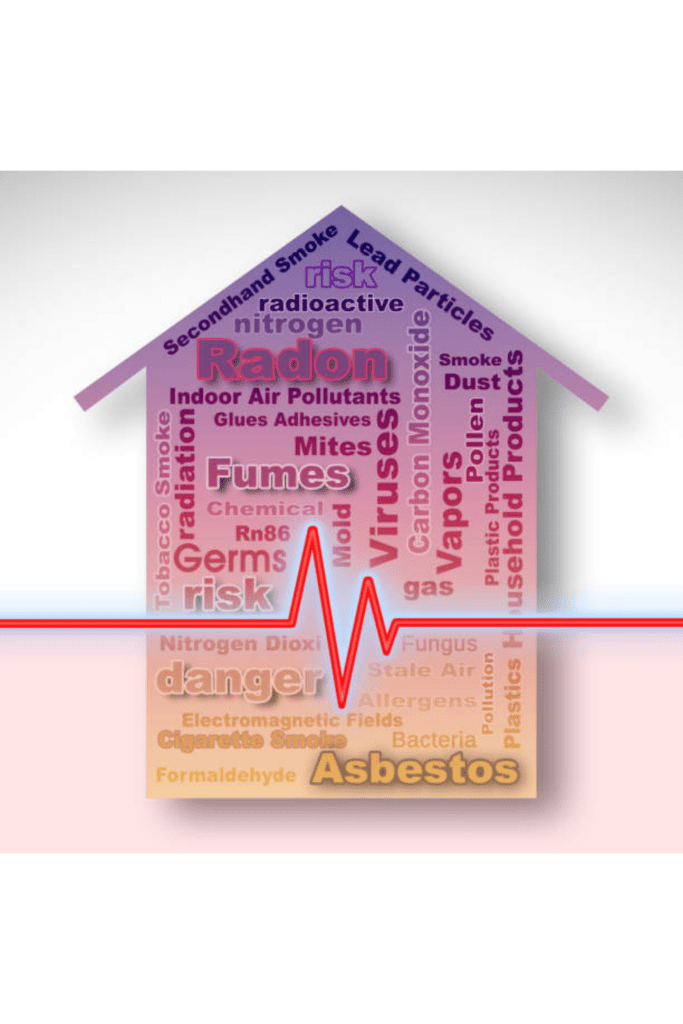
When it comes to carbon monoxide exposure, every second counts. Knowing the immediate actions to take can mean the difference between life and death. Let’s explore the critical steps you should follow if you suspect carbon monoxide poisoning.
Evacuating the Premises
The moment you suspect carbon monoxide exposure, your top priority should be to get everyone out of the affected area immediately. Carbon monoxide is often called the “silent killer” because it’s odorless, colorless, and tasteless. You can’t rely on your senses to detect it, which makes it even more dangerous.
Follow these steps for a quick and safe evacuation:
- Alert everyone in the home to leave immediately.
- Don’t waste time gathering belongings.
- Use the nearest exit, and avoid using elevators if in large buildings.
- Once outside, move to a well-ventilated area away from the building.
- Do a headcount to ensure everyone is accounted for.
Remember, carbon monoxide can accumulate rapidly, so swift action is crucial. Even if you’re unsure about the presence of carbon monoxide, it’s always better to err on the side of caution and evacuate.
Seeking Medical Attention
After evacuating, it’s essential to seek medical attention promptly, even if you’re not experiencing severe symptoms. Carbon monoxide poisoning can have delayed effects, and some symptoms may not be immediately apparent.
Common symptoms of carbon monoxide poisoning include:
- Headaches.
- Dizziness.
- Nausea.
- Shortness of breath.
- Confusion.
- Blurred vision.
Don’t downplay these symptoms or assume they’ll pass on their own. Carbon monoxide can cause long-term health issues or even be fatal if left untreated. Medical professionals can perform tests to determine the level of carbon monoxide in your blood and provide appropriate treatment.
Contacting Emergency Services
While evacuating and seeking medical attention, it’s crucial to contact emergency services immediately. In most areas, you can do this by dialing 911 or your local emergency number.
When you call, be prepared to provide the following information:
- Your location.
- The number of people affected.
- Any symptoms you or others are experiencing.
- The suspected source of carbon monoxide (if known).
Emergency responders, including firefighters and paramedics, are equipped to handle carbon monoxide incidents. They can:
- Assess the situation and ensure the area is safe.
- Provide immediate medical assistance if needed.
- Use specialized equipment to detect and measure carbon monoxide levels.
- Identify and address the source of the carbon monoxide leak.
After the immediate danger has passed, don’t re-enter the premises until emergency services have given the all-clear. They’ll need to ventilate the area thoroughly and ensure that the carbon monoxide levels have returned to safe levels.
By following these immediate actions – evacuating, seeking medical attention, and contacting emergency services – you significantly increase your chances of surviving carbon monoxide exposure. Remember, quick thinking and decisive action are your best defenses against this silent killer. Stay vigilant, trust your instincts, and never hesitate to prioritize your safety and the safety of those around you.
Long-Term Prevention Strategies
Protecting yourself and your loved ones from carbon monoxide poisoning isn’t just about short-term solutions. To truly safeguard your home and family, it’s essential to implement long-term prevention strategies that address the root causes of this silent killer. Let’s explore three key areas that can significantly reduce your risk of carbon monoxide exposure over time.
Regular Appliance Maintenance
One of the most effective ways to prevent carbon monoxide leaks is to ensure all your fuel-burning appliances are in top condition. This includes your furnace, water heater, gas stove, and fireplace. Here’s what you should do:
- Schedule annual inspections with a qualified technician for all fuel-burning appliances.
- Replace old or malfunctioning appliances promptly.
- Clean and inspect your chimney and flues regularly to prevent blockages.
- Keep an eye out for signs of wear and tear, such as rust or corrosion.
Remember, even a small malfunction can lead to dangerous carbon monoxide levels. By staying on top of maintenance, you’re not just extending the life of your appliances – you’re potentially saving lives.
Proper Ventilation
Adequate ventilation is crucial in preventing the buildup of carbon monoxide in your home. Here are some steps to ensure proper airflow:
- Install and maintain exhaust fans in kitchens and bathrooms.
- Keep air vents clear of obstructions like furniture or curtains.
- Open windows periodically to allow fresh air circulation, especially when using fuel-burning appliances.
- Consider installing a whole-house ventilation system for continuous air exchange.
Proper ventilation doesn’t just help with carbon monoxide; it also improves overall air quality and can make your home more comfortable year-round.
Safe Practices for Fuel-Burning Devices

How you use fuel-burning devices can significantly impact your risk of carbon monoxide exposure. Adopt these safe practices:
- Never use outdoor cooking equipment, like grills or camp stoves, inside your home or garage.
- Don’t run vehicles or gas-powered tools in enclosed spaces, even with the garage door open.
- Avoid using your gas oven or stovetop to heat your home.
- Place portable generators at least 20 feet away from your house and direct exhaust away from windows and doors.
It’s also crucial to educate everyone in your household about these practices. Safety is a team effort, and everyone should be aware of the potential dangers and how to avoid them.
By implementing these long-term prevention strategies, you’re creating multiple layers of protection against carbon monoxide poisoning. Regular maintenance keeps your appliances running safely, proper ventilation ensures any potential leaks are quickly dispersed, and safe practices minimize the risk of accidental exposure.
Remember, while these strategies are essential, they should be used in conjunction with carbon monoxide detectors on every level of your home. Think of it as a comprehensive approach to safety – your long-term strategies are the foundation, and your detectors are the final line of defense.
By making these practices a part of your routine home maintenance and lifestyle, you’re not just reducing your risk of carbon monoxide poisoning – you’re creating a safer, healthier living environment for you and your family. Stay vigilant, stay informed, and most importantly, stay safe.
Conclusion
Carbon monoxide poisoning is a silent threat that demands our attention and action. By understanding the dangers of this odorless gas, installing and maintaining detectors, recognizing symptoms, and knowing how to respond in emergencies, we can significantly reduce the risk to ourselves and our loved ones.
Remember, prevention is key – regular maintenance of fuel-burning appliances and proper ventilation are crucial long-term strategies. Don’t wait for a close call to take action; implement these safety measures today. Share this information with friends and family to help protect more lives. Stay informed, stay vigilant, and most importantly, stay safe. With the right knowledge and precautions, we can breathe easier knowing we’re well-equipped to combat this invisible danger.
Together, we can create safer homes and communities, ensuring that carbon monoxide remains a threat we’re prepared to face and overcome.
Understanding how to protect your home from hidden dangers like carbon monoxide is essential when living off the land—discover more in How to Live on Raw Land.
Resources: Here are some helpful resources for further information.
- Carbon Monoxide Poisoning: Symptoms and Causes – By Mayo Clinic
- Carbon Monoxide Poisoning Basics – By CDC
- Carbon Monoxide Poisoning – By Wikipedia
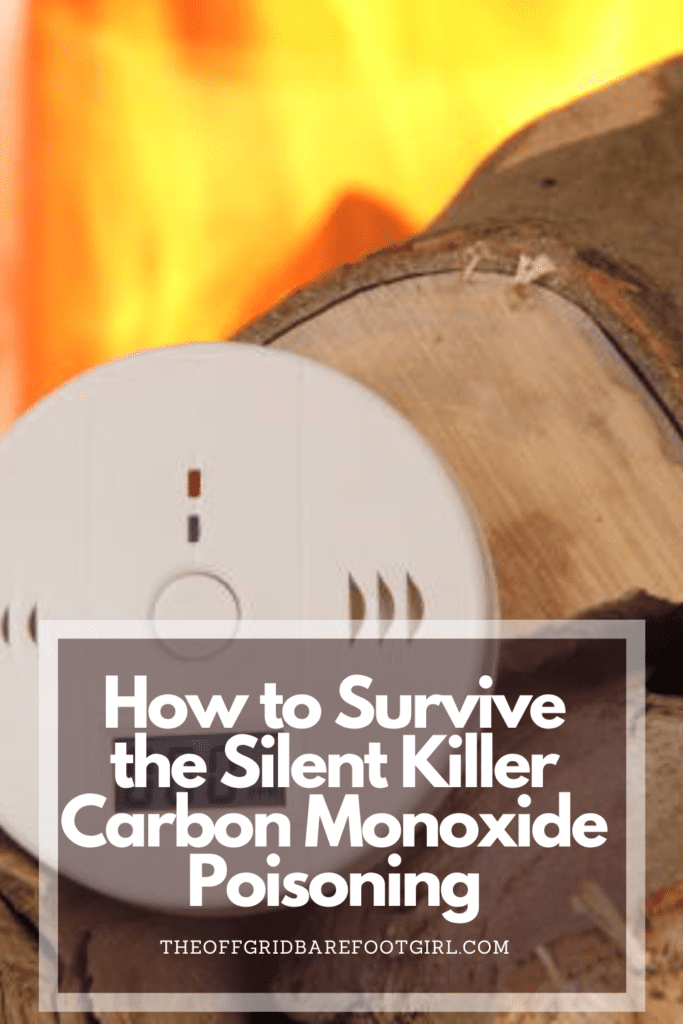
Summary
I hope I have inspired you to help you prepare your family for emergencies with these helpful tips and products. Here are some other links you may be interested in reading!
How to Do Earthquake Drills: Are You Ready to Shake, Rattle, and Roll?
Crafting the Ultimate Emergency Action Plan for Your Family
How to Create a Cozy Home Anytime of the Year!
The Best Portable Generators By Generac
Best Ideas for Backpacking Meals: Fuel Your Adventure!
End Times Headlines: How Prepared Are You Really?
Hiking the High Desert: Survival Tips You Should Never Ignore!
SHTF Planning: How to Survive the High Desert Bootcamp!
Survival Skills Training: Into the Backwoods with a Master Survivalist!
Choosing the Best Survival Cooking Kit: The Ultimate Guide
Survive the Peaks: The Best Avalanche Gear on the Market!
Bug In and Survive a Grid Down: Survival Training Course!
Bugout Bags and Survival Training Course with Grid Down Consulting!
Self-Sufficiency and Survival Posts!
Get These Vital Emergency Survival Equipment Now!
Bartering: How To Negotiate Commodities with Astonishing Results!
Warning: Why You Need Whole Home Water Purification Now!
How to Design Off Grid Power Systems for Your Homestead
How Many Watts Does a Fridge Use? Energy Efficient Guide
The Best States for Off Grid Living: Unplugged and Thriving
Composting Toilet Systems Are Surging: Ditch Your Septic Tank Now!
Are Greywater Tanks the Key to Sustainable Living? Find Out Now!
How to Live Off-Grid: 11 Tips to Survive and Thrive!
Are Survival Food Kits Worth It? The Truth Revealed!
Do You Really Need Faraday Bags? The Shocking Truth Revealed!
The Best Doomsday Preppers Blogs to Follow Now Before SHTF!
The Ultimate Camping Gear Checklist: Everything You Need for an Adventure
The Ultimate Spring Cleaning House Checklist: Deep Clean with Me!
How Supporting Farmer’s Markets Makes a Difference
Eco-Friendly Christmas: How to Have an Eco-Friendly Christmas
How to Winterize Your Home: Prepare for Jack Frost’s Wrath!
Proven Hacks to Make Your Christmas Tree Survive
What Thanksgiving Teaches Us About Survival
Homeless Survival Hacks to Overcome Adversity
More Self-Sufficiency Posts!
Is Your Car Ready for Winter? The Ultimate Checklist for Your Winter Emergency Car Kit
What The Walking Dead Can Teach Us About Survival: The Walking Dead Survival Tactics
Get Lockdown Ready: Best Dollar Tree Survival Items
Understanding Water Purification Methods for Survival: Best Practices Explained
Thirsty for Survival: Expert Guide to Emergency Water Prep Tactics
The Benefits of Urban Homesteading: Revolutionize Your City Life
Practical Pantry Prepper: Essential Guide
How to Grocery Shop Once a Month
What Should Be in A 72-Hour Survival Kit?
Buy or Die: Prepper Items You Need Now
How to Learn 58 Self-Sufficient Skills Right Now
Road to Self-Sufficiency: How to Start Your Journey
If you were encouraged by this post, I invite you to check out my FREE Printables Page for fun free printables, planners, and charts.
ENTER MY FREE Printables Page HERE
Blessings,
The Off Grid Barefoot Girl






